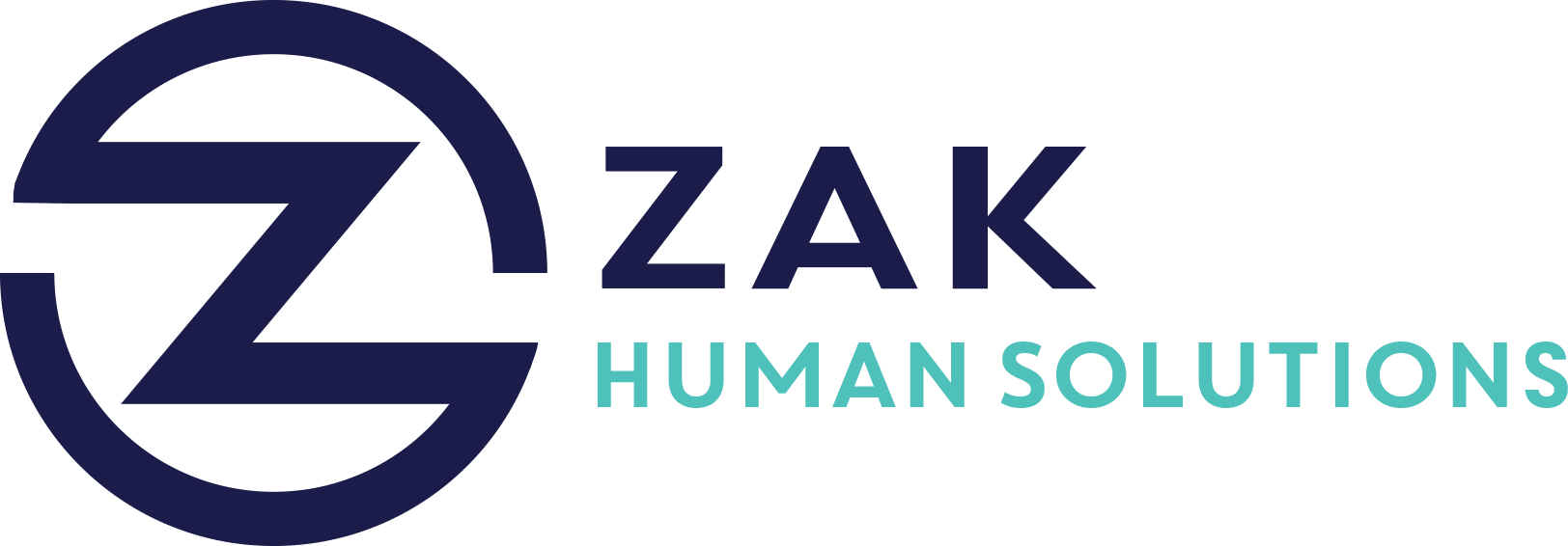Key Takeaways
- The article explores whether hiring and retention challenges are primarily due to economic factors or poor management practices.
- Demographics indicate the current decade has the lowest growth of the working-age population since the Civil War, which complicates hiring.
- Rudy Miick suggests that management should focus on coaching rather than policing to improve hiring and retention.
- Miick emphasizes hiring A+ workers and knowing what makes a worker A+, which requires clear definition and recognition of excellence.
- Poor management practices become more evident in a labor-constrained economy, impacting metrics like customer satisfaction and production costs.
- Dick Finnegan notes the importance of first-level managers in retention but highlights the risk of overwhelming them with excessive responsibilities.
In today’s rapidly evolving job market, businesses are grappling with significant challenges in hiring and retaining talent. With the unique economic factors and management practices at play, companies must navigate these challenges to foster a thriving workforce. Let’s dive into the main forces influencing these difficulties and explore strategies to address them effectively.
Understanding the Current Labor Market
The current decade is witnessing the lowest growth of the working-age population since the Civil War. This demographic trend poses severe challenges for businesses looking to expand their workforce. A reduced pool of potential employees complicates the hiring process, making it increasingly competitive to attract top talent. But is the issue confined solely to economic factors, or does management play a crucial role?
The Dual Challenge: Economics vs. Management
- Economic Challenges:
- With fewer people joining the workforce, businesses are competing over a diminishing pool of candidates.
- This increased competition drives up labor costs and necessitates more attractive benefits and compensation packages to lure in potential employees.
- Management Perspectives:
- Rudy Miick, a management expert, emphasizes that it’s not just the economic landscape causing these issues but also inadequate management practices.
- By shifting from a policing to a coaching style, managers can create a more supportive and appealing work environment that enhances employee retention.
Focus on Excellence: Hiring A+ Workers
Rudy Miick advocates for hiring ‘A+ workers’—employees who exemplify excellence in their roles. However, achieving this requires:
- Clear Definition of Excellence: Managers must define what an A+ worker looks like within their organization. This involves setting high standards and expectations that align with company goals.
- Recognition and Reward Systems: Implementing mechanisms to recognize and reward outstanding performance can motivate employees to strive for excellence.
The Impact of Poor Management Practices
Poor management is more evident in a labor-constrained economy, leading to:
- Decreased Customer Satisfaction: Inefficient management practices often trickle down, affecting frontline employees who directly interact with customers.
- Higher Production Costs: Subpar management can lead to operational inefficiencies, ultimately increasing production costs and affecting the bottom line.
The Critical Role of First-Level Managers
Dick Finnegan highlights the importance of first-level managers in employee retention. These managers play a pivotal role in shaping the work environment and influencing employee satisfaction. However, there are challenges:
- Overburdening Managers: Often, first-level managers are overwhelmed with responsibilities, leaving them ill-equipped to focus on coaching and development.
- Need for Training and Support: Providing these managers with adequate training and resources is crucial for fostering a stable and satisfied workforce.
Strategies for Businesses to Consider
- Invest in Management Training: Ensure that managers at all levels are equipped with leadership skills that emphasize coaching over policing.
- Redefine Hiring Strategies: Focus on attracting A+ talent by clearly defining role expectations and creating compelling value propositions.
- Enhance Employee Development: Offer ongoing training and development opportunities to keep employees engaged and motivated.
- Analyze Metrics Regularly: Keep a close eye on key performance indicators such as employee turnover rates, customer satisfaction scores, and production costs to identify areas for improvement.




